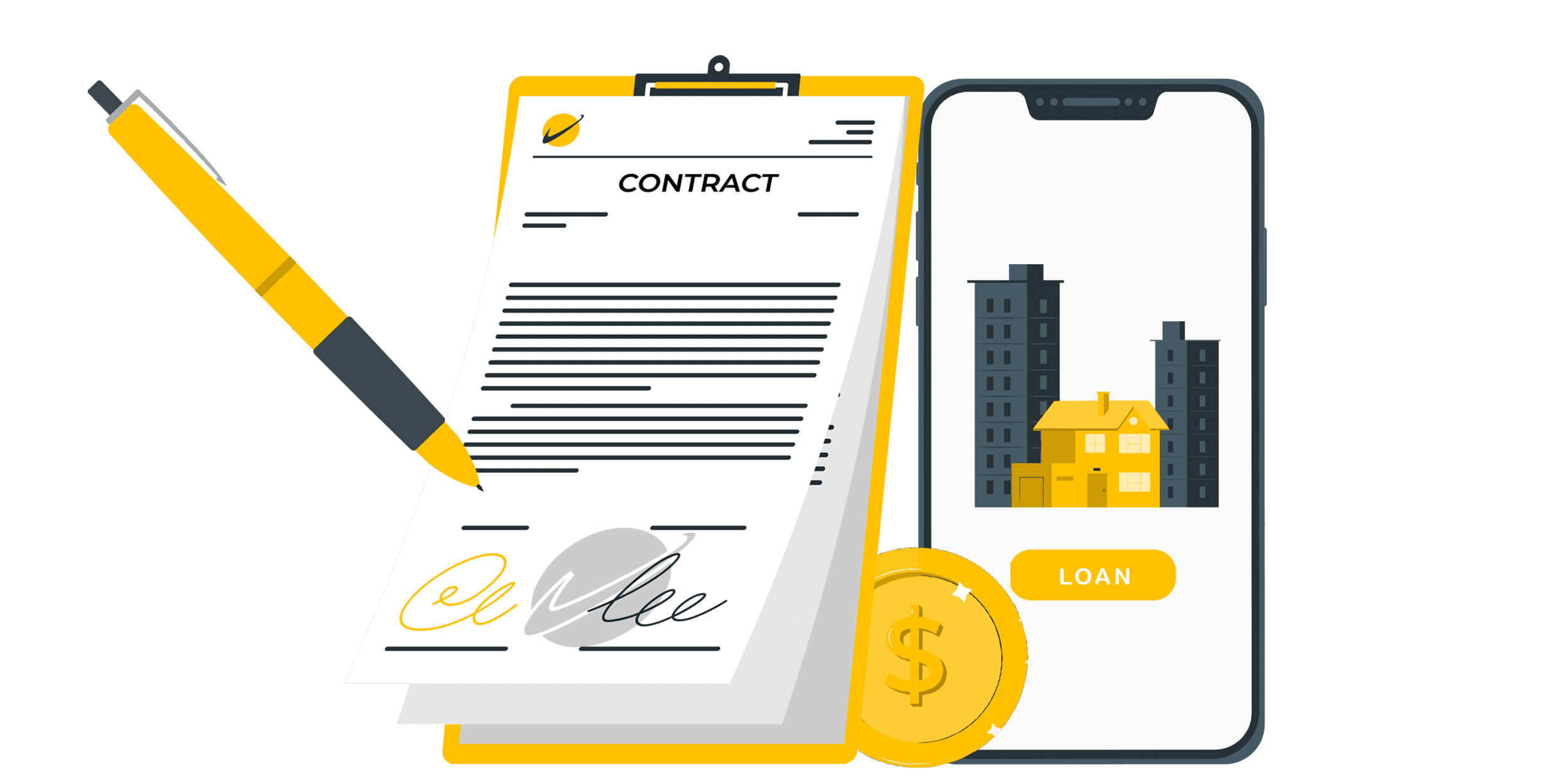It’s just too soon to say if HR 7735, the VA modernization bill, would ultimately improve the appraisal process for veterans and active-duty borrowers since there hasn’t been enough information given about the specific improvements we should anticipate. Nevertheless, modernization is beneficial and never to be feared.
To begin with, it’s important to recognize the flexibility of allowing desktop or drive-by appraisals, but this appears to fundamentally alter the need for the appraiser to view the property to confirm that minimum property requirements (MPRs) are met. MPRs safeguard the home, the borrower, and the collective financial investment.
The VA loan must currently be provided within 10 days of acceptance, and we think this is the case in most instances. However, many rural marketplaces fall short of this criterion since appraisers might not even accept the order for several weeks. Although John Bell, deputy director of the Loan Guaranty Service at the VA, has praised the timeliness and effectiveness of the VA evaluation, the bigger industry players do not have access to the data sources to demonstrate the actual problems that would necessitate such a significant shift.
Due to the extra standards, appraisers must satisfy to do appraisals for VA loans, there are fewer VA fee appraisers. Due to the effect of “bidding,” this shortfall frequently causes delays in accepting evaluations and increases expenses for veterans. Also, veterans in smaller areas have been disproportionately affected by the availability of VA-approved appraisers in terms of both time and cost. Again, it should be noted that there is a lack of appraisers for all loan types, which is why USPAP has changed to reduce the educational requirements for becoming an appraiser. To read more on the benefits and shortfalls of the modernization bill, click here.
https://www.housingwire.com/articles/opinion-the-pros-and-cons-of-va-modernization-bill/






